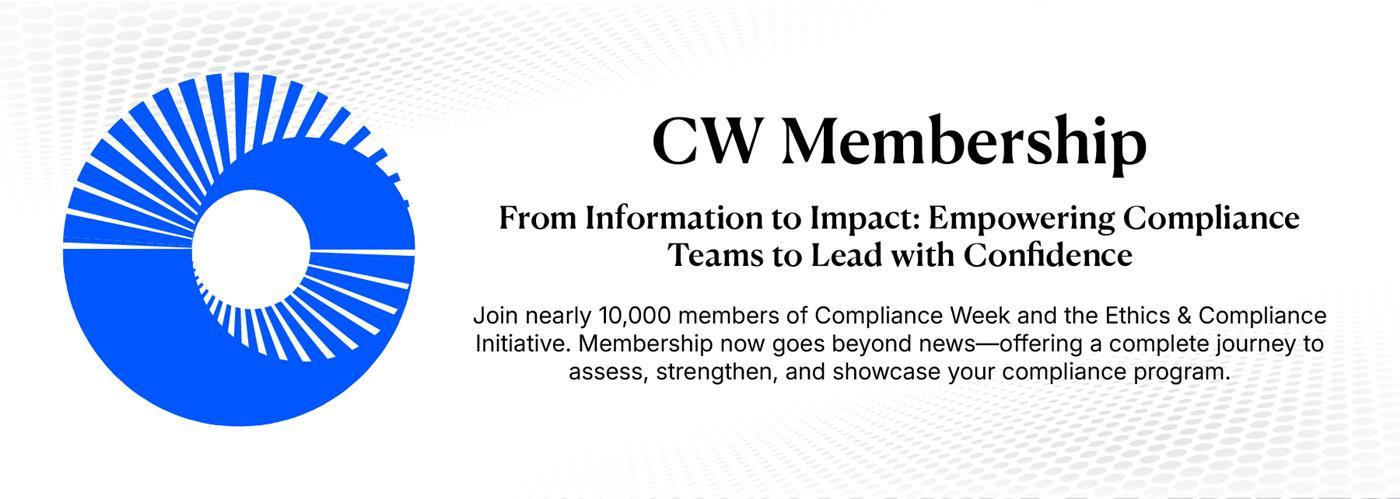- Home
-
News
- Back to parent navigation item
- News
- National Compliance Officer Day 2025
- Accounting & Auditing
- AI
- AML
- Anti-Bribery
- Best Practices
- Boards & Shareholders
- Cryptocurrency and Digital Assets
- Culture
- ESG/Social Responsibility
- Ethics & Culture
- Europe
- Financial Services
- Internal Controls
- Regulatory Enforcement
- Regulatory Policy
- Risk Management
- Sanctions
- Surveys & Benchmarking
- Supply Chain
- Third Party Risk
- Whistleblowers
- Opinion
- Benchmarking
- Certification
- Events
- Research
- Awards
-
CW Connect
- Back to parent navigation item
- CW Connect
- Sign In
- Apply
- Membership
Another Step Forward in Tackling Cyber-Security Risk
By Matt Kelly2014-12-29T21:15:00
Image: Dec. 31—COSO’s Internal Control — Integrated Framework talks a good game about being useful beyond financial reporting risks, but Compliance Week Editor Matt Kelly has always wondered how that works in practice. Then came a nifty piece of guidance: a taxonomy of operational risks in cyber-security, published by the ...
THIS IS MEMBERS-ONLY CONTENT
You are not logged in and do not have access to members-only content.
If you are already a registered user or a member, SIGN IN now.
Related articles
-
Article
How to Simplify Cyber-Security Controls Amid Abundant Laws
2015-07-14T11:30:00Z By Joe Mont
By now every compliance officer has already heard the warning that it’s a matter of when you suffer a cyber-security breach, not if. Then comes compliance with breach disclosure rules—and those demands are becoming as perplexing as the cyber-threat itself. Overwhelmed, compliance officers are seeking ways to navigate these demands ...
-
Article
Suddenly, Washington Is Back at Cyber-Security Discussion
2015-05-12T14:30:00Z By Joe Mont
Image: For the first time in years, Washington is abuzz with proposed changes to cyber-security disclosure, both in Congress and at the SEC. Above all, experts say, is a need to clarify terminology and expectations. “There should be minimum standards for what that security should be across the board,” says ...
-
Article
Preparing Your Board for Cyber-Security Oversight
2015-03-17T14:15:00Z By John Reed Stark
Every board knows its company will fall victim to a cyber-attack and, worse, that the board will need to clean up the mess and superintend the fallout. This week, guest columnist John Stark, a long-time student of cyber-security risks, breaks down the fundamentals any board must establish for cyber-security, and ...
- Terms and Conditions
- Privacy Policy
- Do Not Sell My Info
- © 2025 Compliance Week
Site powered by Webvision Cloud






